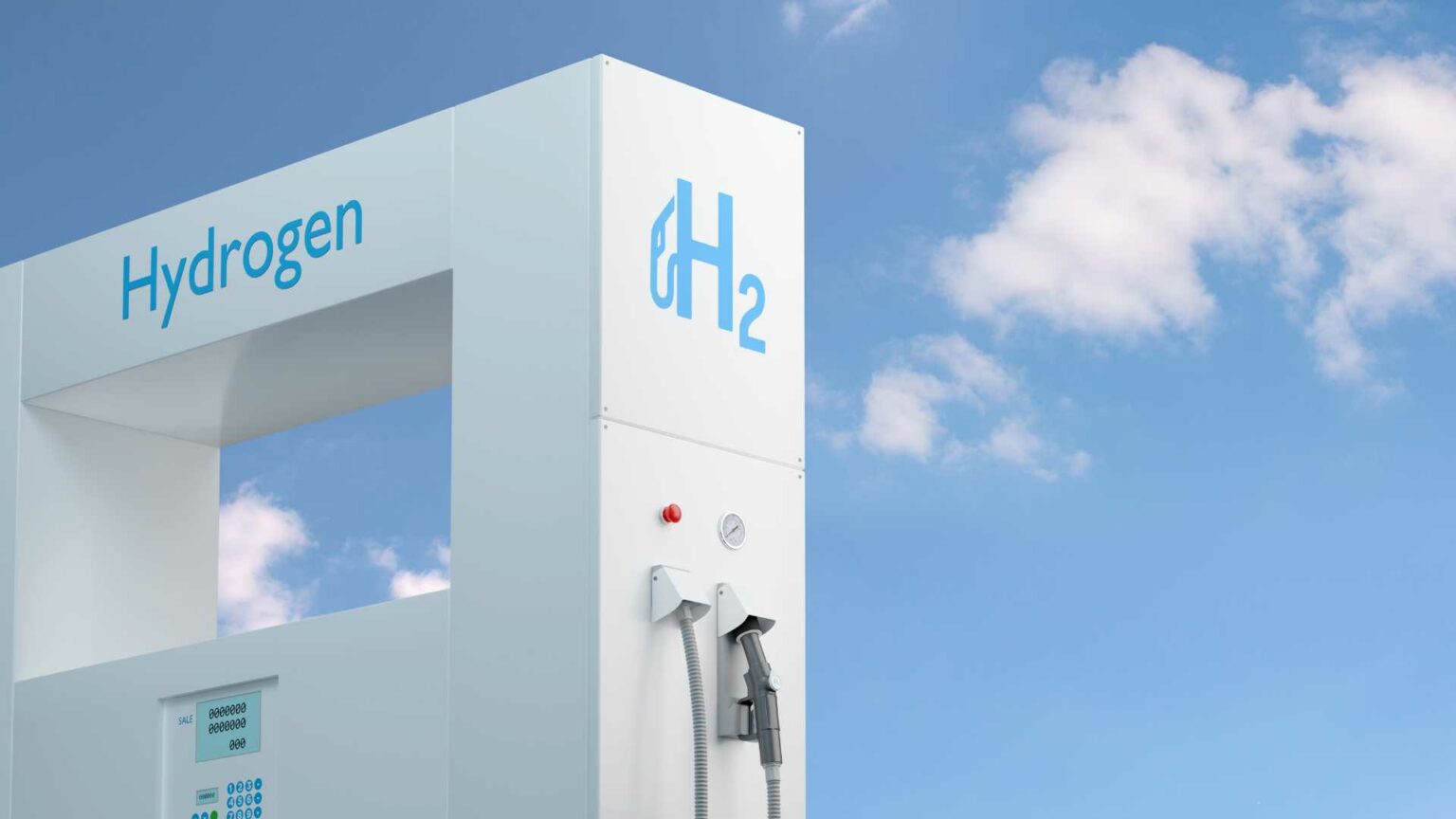China’s rapid expansion of hydrogen refueling infrastructure has positioned it as a global leader in hydrogen technology. However, despite significant progress, challenges loom large as the nation strives to meet ambitious targets by 2025.
According to Interact Analysis, China boasts an impressive 354 operational hydrogen refueling stations (HRS) as of the end of 2023, surpassing any other country. Despite this feat, concerns arise regarding the country’s ability to fulfill its 2025 goals.
Principal analyst Shirly Zhu highlights the discrepancy between current achievements and future targets. With a goal of over 1,200 HRS by 2025, China falls short, with only 30% of the target realized by the end of 2023. While construction efforts continue, the pace remains insufficient to meet the looming deadline.
Guangdong leads the pack with 68 operational HRS, followed closely by several other provinces boasting over 20 stations each. Yet, Zhu notes that while some provinces exceed national averages, others lag behind. Tianjin stands out as the only province to achieve its modest target, emphasizing disparities in regional progress.
The uneven distribution of fuel cell electric vehicles (FCEVs) across provinces further complicates the situation. While provinces like Hebei and Shandong experience exponential growth in FCEV registrations, others struggle with low vehicle-to-station ratios. This disparity underscores the need for dynamic planning and adaptation to real-world demand.
As China navigates the complexities of hydrogen infrastructure development, collaboration between government, industry, and international stakeholders will be essential to realizing the full potential of hydrogen technology and achieving a greener future.
